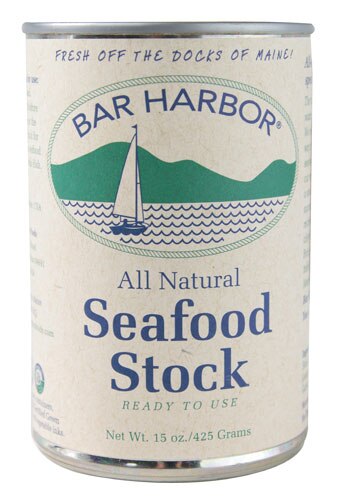This historical/genealogical book traces the little-known story behind the birth of the last Canadian province and one of its founding families. From its early beginnings through the collapse of the cod fishing industry in the 1990s and beyond, this highly readable book with a plethora of color and black-and-white photographs will grab your attention and encourage you to immerse yourself in your own family’s history. The author cleverly combines genealogical and historical facts with the thrilling story of the Earles, whose remarkable pioneering family dates from the 12th century in England. Individual chapters cover the family’s significant contributions to Newfoundland history and culture. The first chapter traces the journey in 1988 of two sisters and a brother from California to spread the ashes of their mother, a maternal Earle family member whose earliest remembrances of being born and spending her early childhood in Newfoundland were among the most vivid and enduring of her life.The book goes on to trace the history of Newfoundland, drawing on a song called “Long May Your Big Jib Draw.” This is followed by the story of a member (Sir Walter Earle) of a select group of five 17th century Knights responsible for the eventual passing of the highly significant law leading to the writ of habeas corpus.The following chapter tells the story of Reginald Heber Earle, an inventor and modern Renaissance man who survived the Great Fire of 1892 in St. John’s and went on to invent a series of marine distress signals and is believed to be the first person to introduce the velocipede (forerunner to the bicycle) to Canada. This is followed by the story of Harry Oake Earle, a World War II prisoner who survived the bombardment and sinking of his ship off the coast of North Africa to become an electrical engineer and helped build the huge Kariba Dam in Africa. A large part of the book deals with the life and adventures of Captain Eric “Guy” Earle, who, at the age of only 16, became who is still believed to be the youngest sea captain in the history of North America. Earle later became head of the province’s largest seafood franchise. His prominent coastal vessel, the S.S. Kyle, played a major role in supplying the citizens of remote areas of Newfoundland and Labrador with the necessary supplies for their subsistence during the brutal autumn and winter months. Included is the Kyle’s role in helping save survivors from two American warships that floundered during a violent winter storm in World War II. There is also a riveting description of the Kyle’s search for and founding of the wreckage of Old Glory, a small Fokker plane on an historic trans-Atlantic flight sponsored by newspaper tycoon William Randolph Hearst. The chapter draws to a close with the story of the Kyle’s final life as a seal fishing vessel when it struck an iceberg and nearly suffered the fate of the Titanic in 1912. There is also the story of Fred Earle, a highly respected and loved Newfoundlander who coordinated the world-famous Fogo Process of filming the concerns of local residents, which helped persuade local government officials to stave off the evacuation of the island to St. John’s and other more populated areas during the infamous resettlement period of the 1950s and 1960s. A chapter is devoted to George Halden Earle, a well-known theologian, writer, actor and poet. This is followed by the story of Priscilla Earle, a 50-year veteran of the Girl Guides of Canada. Chapter 10 tells the story of Shane and Billy Earle of the Mount Cashel orphanage, who became the centerpiece of one of the largest child sex abuse cases in the world. Their heroic efforts to bring their abusers to justice became one of the most significant events in the worldwide clerical abuse scandal during the 1980s. The final chapter involves Dr. Eric Davis Earle, a nuclear scientist who led the construction of the ground-breaking Sudbury Neutrino Observatory, a monumental achievement that is still ongoing today. Dr. Earle and his specialized team succeeded in providing the astronomical community with one of the most significant breakthroughs of the 20th century in the study of neutrinos from the sun. The book concludes with a thorough genealogical listing. It also traces the history of Newfoundland’s struggle for Confederation, which culminated when Premier Joseph (“Joey”) Smallwood signed the instrument in 1949 creating the Province of Newfoundland and Labrador.The Earle Family of Newfoundland and the Birth of a Canadian Atlantic Province is a wide-ranging epic story of a family that will bring the reader into its apex of significant achievement, history, genealogy, science and the arts and culture.





















